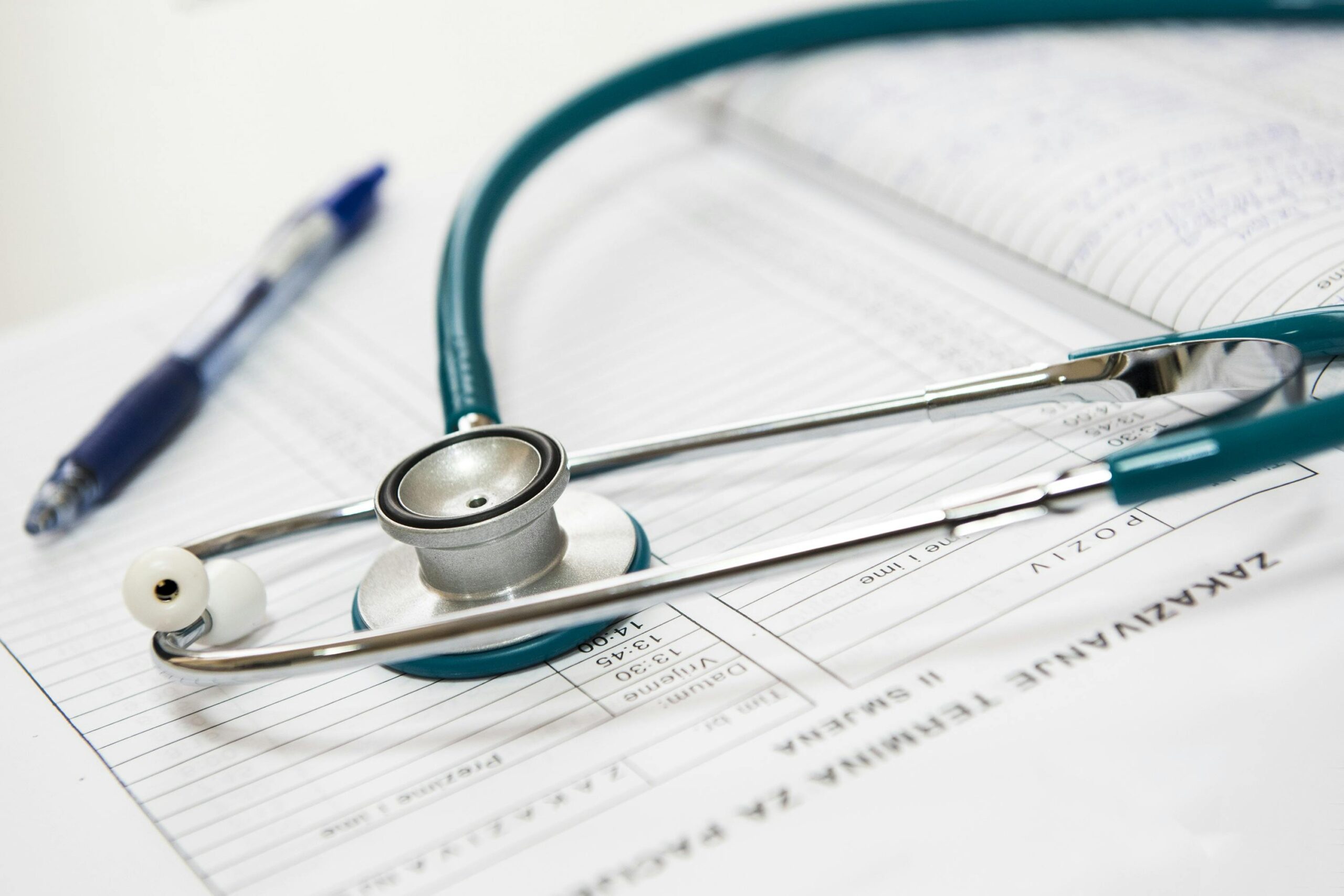Regenerative medicine is a rapidly developing field in Australia, offering new possibilities in the treatment of orthopaedic conditions that were once limited to surgery or long-term symptom management. At the centre of this approach is platelet-rich plasma (PRP) therapy—an innovative technique that uses the body’s own healing components to support tissue repair. But how does regenerative medicine actually work, and what role does PRP play in orthopaedic care?
This article will explore the principles of regenerative medicine, explain how PRP therapy works, and offer a closer look at its potential benefits for joints, tendons, and ligaments.
What Is Regenerative Medicine?
Regenerative medicine aims to restore or improve tissue function by stimulating the body’s natural healing processes. Rather than replacing damaged tissue with prosthetics or suppressing symptoms with medication, this approach works at the cellular level to encourage repair and regeneration.
In orthopaedics, regenerative medicine focuses on soft tissue healing (tendons, ligaments, and muscles), joint support, and improving mobility and function. Treatments may include stem cells, tissue engineering, or biological injections like PRP therapy.
What Is Platelet-Rich Plasma?
Platelet-rich plasma (PRP) is a concentration of platelets derived from your own blood. Platelets are best known for their role in blood clotting, but they also contain numerous growth factors that play a key role in healing.
During PRP therapy, a small sample of your blood is drawn and processed in a centrifuge to separate the plasma and concentrate the platelets. The resulting PRP is then re-injected into the targeted tissue to deliver these growth factors directly to the site of injury or degeneration.
How Does PRP Therapy Work?
PRP therapy supports the natural repair mechanisms in the body by:
- Stimulating the activity of local repair cells
- Attracting stem cells and other regenerative cells to the area
- Regulating inflammation that may be interfering with healing
- Promoting the formation of new blood vessels (angiogenesis)
- Enhancing tissue remodelling and collagen synthesis
This localised biological stimulus can be especially helpful in areas of poor blood flow, such as tendons and cartilage, where natural healing is often limited.
What Conditions Can PRP Treat?
There is growing interest in using orthopaedic PRP for a range of musculoskeletal injuries and chronic conditions. Common applications include:
- PRP for knee pain caused by early osteoarthritis
- PRP for tendons such as tennis elbow and Achilles tendinopathy
- PRP for shoulder pain due to rotator cuff injury or shoulder tendonitis
- PRP for ligament tears and joint instability
- PRP for plantar fasciitis and chronic foot pain
- PRP for back pain when related to soft tissue or facet joint issues
As with all treatments, patient selection and individual assessment are key. While some patients report improvements in pain and function, results may vary, and PRP is not considered a cure or guaranteed solution.
The Science Behind PRP: What the Research Shows
While the field of regenerative medicine in Australia is still evolving, research studies have shown promising results for certain conditions:
- A 2021 meta-analysis in The American Journal of Sports Medicine found that PRP was more effective than hyaluronic acid for knee osteoarthritis in terms of pain reduction.
- Multiple studies suggest that PRP may reduce symptoms in patients with chronic lateral epicondylitis (tennis elbow) when conservative treatments have failed.
- PRP has also shown potential benefits for shoulder conditions, such as partial rotator cuff tears and tendinopathies.
It’s important to note that while these findings are encouraging, PRP success rates depend on several factors—including condition severity, patient age, tissue quality, and rehabilitation compliance.
How Long Does PRP Therapy Take?
A PRP injection session typically takes under an hour, including preparation, blood draw, centrifuge processing, and injection. Ultrasound guidance is often used to ensure precision. Most patients can return to light activities the same day, but full recovery may take several weeks, depending on the condition.




